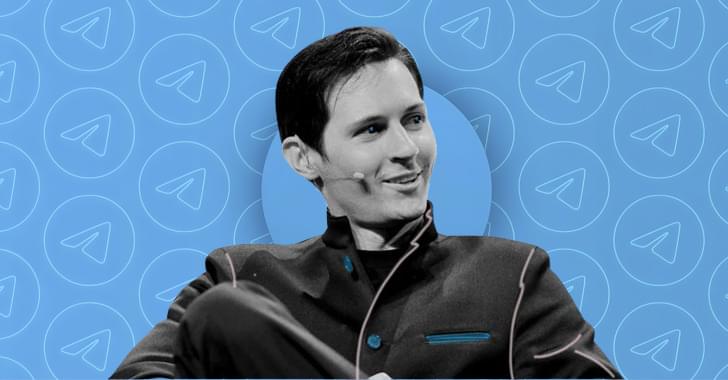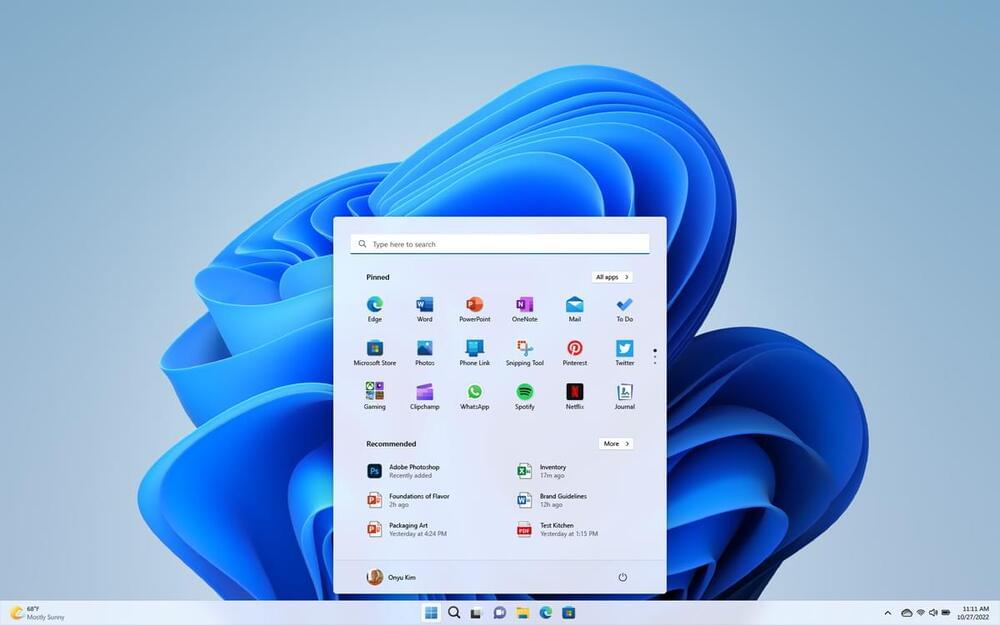Team at University of Edinburgh using microbes to recycle lithium, cobalt and other expensive minerals.



The CEO for iPad design app Procreate is taking out his stylus and going to war with Silicon Valley’s latest heavily-invested upon baby. “I really f— hate generative AI,” said executive James Cuda in a viral https://twitter.com/Procreate/status/1825311104584802470
" rel="noopener" class="">Twitter post uploaded by his company.
In a stripped-down-style video usually reserved for an actor publically atoning for cheating, Cuda tore into his sector’s implementation of AI and vowed to never get aboard the train.
Noting he doesn’t often get in front of the camera, Cuda explained after getting peppered with questions about AI, he wanted to set the record straight. “I don’t like what’s happening in the industry and I don’t like what it’s doing to artists,” he said.

Dark energy is not limited to outer space, many solid materials around us also contain electrons hidden in dark states.
Until now scientists believed that dark electrons, electrons associated with the quantum state of matter, simply don’t exist in solid materials.
However, a new study from…
A new study from researchers at South Korea’s Yonsei University reveals that solid materials do contain dark electrons. The finding will also allow scientists to develop novel superconductor materials.





Boardwalk Robotics has introduced its new humanoid robot called Alex, aiming to enhance productivity and efficiency across various industries.
A video released by the firm showcases the humanoid, devoid of legs, carrying out various household tasks like organizing and cleaning a vessel.
Founded in 2017, Boardwalk has been a key commercial partner with the Institute for Human Machine Cognition (IHMC) in Florida, particularly in the construction of robots.
